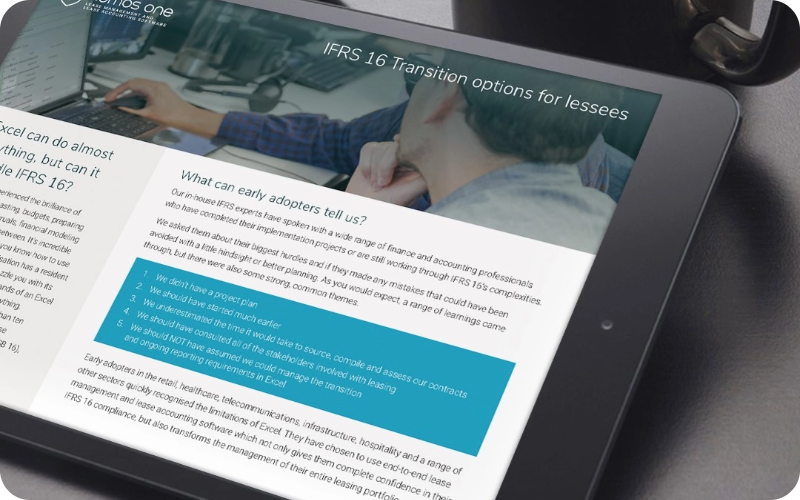Mergers and acquisitions (M&As) in education have become increasingly common strategies for institutions seeking growth, diversification, and enhanced academic offerings. These processes can involve integrating smaller educational entities into larger institutions or forming a collaborative partnership to leverage their combined resources, expertise and infrastructure.
However, successful M&As in education require meticulous planning, due diligence, and the harmonisation of curriculum, faculty and administrative systems. Additionally, addressing lease agreements and facilities management is crucial to ensure a smooth transition.
When executed effectively, M&As in the education sector can improve educational opportunities, increase efficiency, and have a broader impact on students and communities. This article outlines the three important stages of the process of a merger or an acquisition, as well as the essential steps involved in each phase from the perspective of lease administration.
.png?width=2000&height=1500&name=Nomos%20FB%20%20IN%20Templates%20(2).png)
Due diligence
Before discussing the three stages of an acquisition or a merger, it is important to note the importance of conducting a thorough due diligence process to identify all existing leases associated with the entities involved.
Due diligence during acquisition may help uncover that the acquired school has long-term facility leases, which may impact your institution's financial planning and obligations. Due diligence may also involve reviewing contracts, financial statements, and lease databases. Before acquiring or merging with another entity, review all existing lease agreements, including facilities, equipment, and vehicles for both organisations and identify potential risks, liabilities, or non-compliance issues within those leases.
Pre-M&A Phase
When navigating an acquisition or merger, several steps can help to ensure a seamless transition.
First, it's essential to update lease agreements to reflect the changes in ownership or structure. Next, centralising lease data simplifies the process by gathering and organising all lease documents, making them easily accessible for both parties. It is best to create a master inventory specifying key lease details, such as terms, renewal dates, and payment schedules.
Additionally, it is helpful to perform a thorough lease valuation, assessing the financial impact of existing leases on both organisations, including any outstanding obligations or liabilities.

Transition phase
To facilitate a successful M&A in education, it can be helpful to start by assembling an integration team with a dedicated focus on overseeing lease management aspects. Next, address lease assignments and potential amendments by determining which leases will transition to the surviving entity and obtaining the necessary approvals.
It is also important to maintain open lines of communication with relevant stakeholders to keep them informed of changes in lease agreements, responsibilities, or payment structures. Lastly, a structured transition plan for lease accounting standards, such as IFRS 16 (AASB 16), must be implemented to ensure compliance with reporting requirements.
Post-M&A phase
The final stage of an acquisition or a merger also involves several steps that can help streamline the process.
Effective lease administration is paramount. Establish unified IFRS 16 software to monitor all leases under the newly formed entity and ensure the accurate migration of lease data, payment records, and documentation to the new system.
Next, it is essential to continuously monitor lease compliance, renewal dates, and financial obligations to prevent any penalties. Prepare and submit financial statements and disclosures in accordance with the applicable lease accounting standards to maintain transparency. Lastly, relevant staff members should be trained on updated lease management and lease accounting procedures and software to ensure everyone is on board with the new processes.

M&A in the education sector require meticulous planning and oversight to ensure a smooth transition. The management of lease agreements and facilities is often overlooked yet crucial and can significantly impact financial planning and operational efficiency. Implementing lease accounting and lease management software during these processes offers a comprehensive solution that streamlines operations, simplifies processes, and facilitates a seamless merger.
By conducting due diligence, centralising lease data, and updating agreements before the merger, educational institutions can minimise lease risk, optimise resources, and ensure financial transparency. The software aids in the transition phase by providing easy access to lease information and facilitating open communication with stakeholders. In the post-merger phase, it provides a unified lease tracking system, simplifying compliance with accounting standards and streamlining lease management processes.
Ultimately, the implementation of this software empowers education providers to employ data-driven decision-making, contributing to the success of the merger and improving educational opportunities for students and communities.
Learn how to navigate the complexities of lease management and IFRS 16 lease accounting with our IFRS 16 checklist for the education sector! Download now.

























